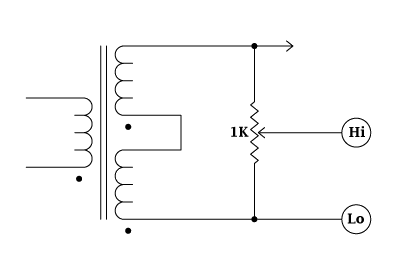JW
Well-known member
Is the Bourns 51 series 600 ohm T pad the only game in town? Imagine you were doing a 4 channel API with these. Like I am. That's around$100 just for that part. 1 T pad = more than the power transformer. Thanks Antek @$17.00
Anyway, anyone come across an alternative part? Or is it just too custom?
BTW, this part, the Bourns 51 T pad for the 1176 input I noticed went scratchy very quickly. I was like, cool I have a "vintage" 1176 now. Not. It's got new caps, I dunno. Maybe I should measure for DC on it or something. . . .
Anyway, anyone come across an alternative part? Or is it just too custom?
BTW, this part, the Bourns 51 T pad for the 1176 input I noticed went scratchy very quickly. I was like, cool I have a "vintage" 1176 now. Not. It's got new caps, I dunno. Maybe I should measure for DC on it or something. . . .














![Electronics Soldering Iron Kit, [Upgraded] Soldering Iron 110V 90W LCD Digital Portable Soldering Kit 180-480℃(356-896℉), Welding Tool with ON/OFF Switch, Auto-sleep, Thermostatic Design](https://m.media-amazon.com/images/I/41gRDnlyfJS._SL500_.jpg)









